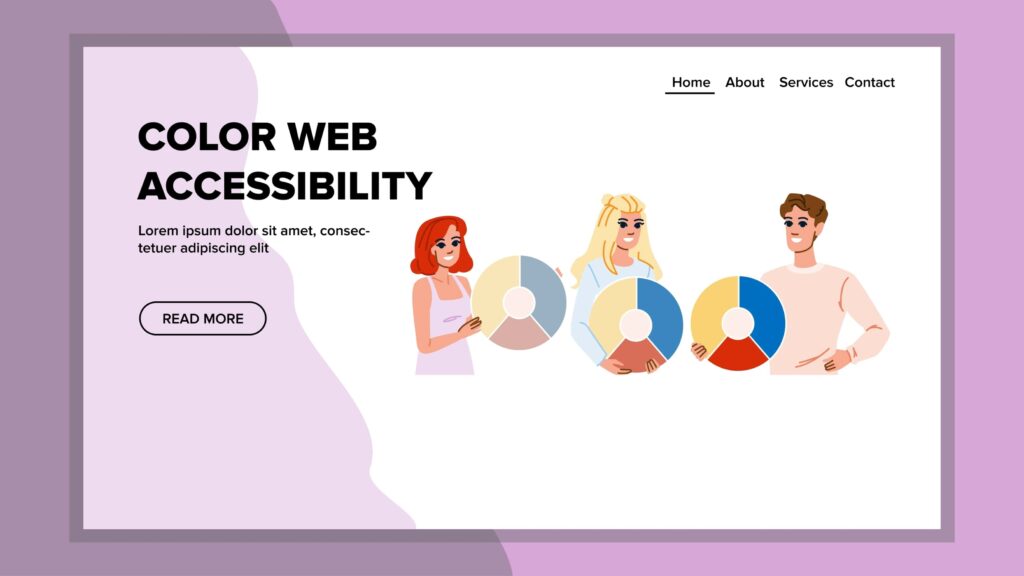Shop At Haya: Your Ultimate Shopping Guide
Discover the best shopping tips, trends, and deals for a smarter buying experience.
Access Granted: Making Websites Welcoming for Everyone
Unlock the secrets to creating welcoming websites for all! Discover tips and tricks to boost accessibility and enhance user experience.
10 Essential Tips for Designing Inclusive Websites
Designing inclusive websites is crucial for ensuring that all users, regardless of their abilities or background, can access and enjoy online content. Tip 1: Use accessible color schemes that provide sufficient contrast between text and background colors. This not only aids visually impaired users but also enhances readability for everyone. Tip 2: Implement alternative text for images, allowing screen readers to describe visual content for users with visual impairments.
Incorporating inclusive design practices enhances user experience and broadens your audience reach. Tip 3: Ensure that the navigation is intuitive and can be accessed via keyboard shortcuts. Tip 4: Provide transcripts and captions for audio and video content to cater to users who are deaf or hard of hearing. Tip 5: Regularly conduct usability testing with diverse user groups to identify and address potential accessibility issues.

Is Your Website Accessible? A Step-by-Step Checklist
Ensuring your website is accessible is crucial for reaching a wider audience and complying with legal standards. Accessibility not only benefits individuals with disabilities but also enhances the overall user experience. Begin your checklist by evaluating keyboard navigation. Website elements should be navigable and interactive using a keyboard alone, as many users rely on this method. Next, assess color contrast and make sure your text stands out against the background for better readability. Utilize tools like contrast checkers to verify compliance with the WCAG guidelines.
Another key aspect of web accessibility is alt text for images. Every image should have descriptive alt text that provides context for users who utilize screen readers. Check for clear and concise headings that logically structure your content, making it easier for all users to navigate your pages. Finally, consider running an accessibility audit using automated tools to identify any barriers. By following this step-by-step checklist, you can make significant improvements toward creating a more inclusive website.
Understanding Accessibility Standards: What Every Web Developer Should Know
In today's digital landscape, accessibility standards are crucial for web developers aiming to create inclusive and user-friendly experiences. These standards ensure that websites and applications are navigable and usable by people with various disabilities, including visual, auditory, physical, and cognitive impairments. Understanding guidelines such as the Web Content Accessibility Guidelines (WCAG) is essential for developers, as these provide a framework for enhancing accessibility. By prioritizing these guidelines, developers can not only comply with legal requirements but also expand their audience base and improve overall user experience.
Implementing accessibility features involves a range of practices, from using semantic HTML to ensuring sufficient color contrast. For example, developers should prioritize keyboard navigation, allowing users to navigate websites without a mouse. Additionally, consider using alternative text for images, ensuring screen readers can properly describe content to visually impaired users. By adopting these practices and continually educating themselves on evolving standards, developers can foster a more inclusive digital environment that respects the needs of all users.